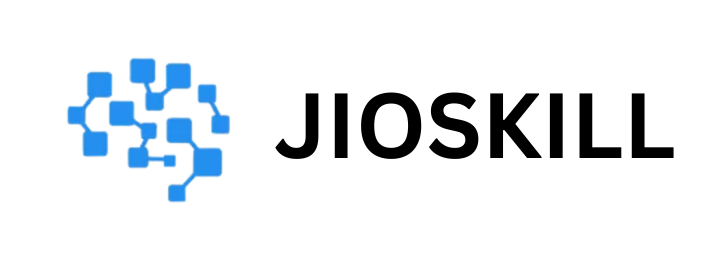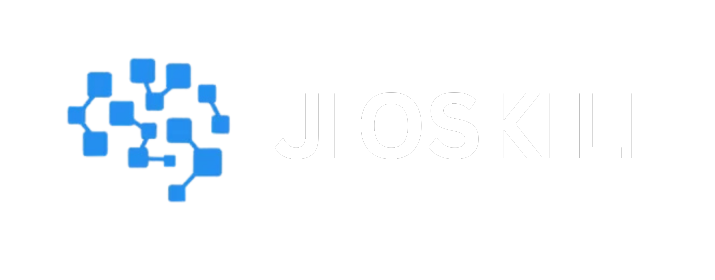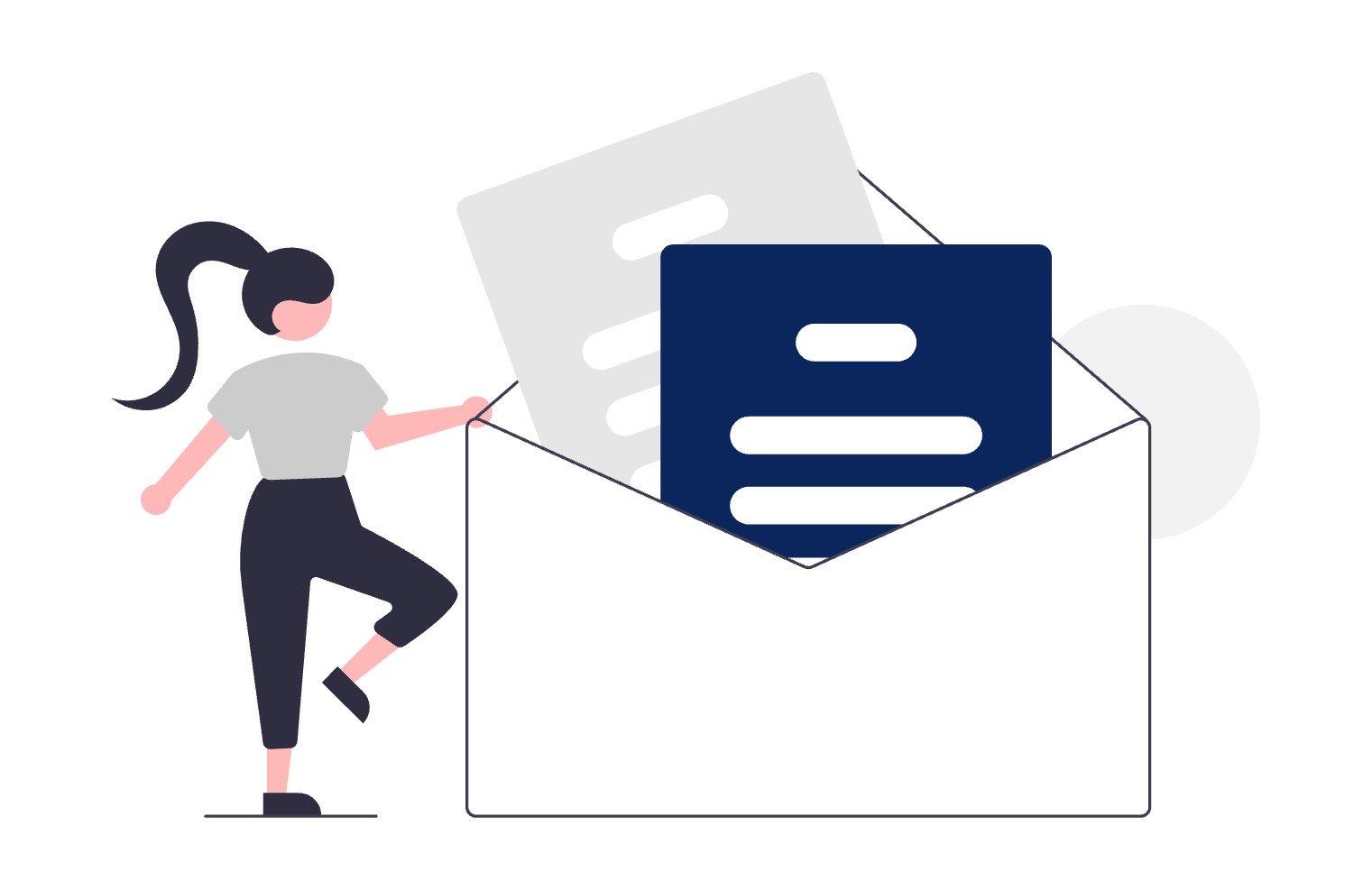Currently Empty: ₹0.00
Top 5 AI Image Generation Tools for Marketers in 2025
Top 5 AI Image Generation Tools for Marketers in 2025, Marketing in 2025 is moving faster than ever. With the rise of short-form video, micro-content, personalized ads, and social commerce, visual storytelling has become the heartbeat of brand engagement.
How Smart Brands Are Creating Images Faster, Cheaper, and at Scale: Top 5 AI Image Generation Tools for Marketers in 2025
PROBLEM: Marketing Teams Are Struggling to Keep Up With Visual Content Demand
The problem? Creating enough high-quality visuals to fuel campaigns across multiple platforms is still a major bottleneck for most marketing teams.
A recent survey by HubSpot found that 67% of marketers report struggling to produce enough content to meet audience expectations. Of that group, 42% said visual content creation is the most time-consuming part of their workflow.
Outsourcing design is expensive. In-house design teams are stretched thin. And relying on stock images often leads to generic, uninspiring campaigns.
This content gap is costing brands time, reach, and ROI.
AGITATE: The Hidden Cost of Falling Behind in Visual Content
It’s not just about aesthetics. If your marketing team can’t deliver eye-catching, brand-relevant images quickly, you lose out in real terms:
- Slower campaign execution: Time spent waiting on creative slows down ad testing and iteration.
- Lower engagement: Social algorithms favor fresh, original visuals. Stale or stock content performs worse.
- Inconsistent branding: Rushed or pieced-together visuals damage trust and recognition.
- Higher customer acquisition costs: Poor visuals mean ads convert at lower rates, driving up spend.
According to a case study by SocialLab Agency, switching to AI-generated images helped reduce creative production time by 70%, cut ad fatigue by 33%, and lower CPA (cost per acquisition) by 21% over six months.
These aren’t hypothetical numbers. Smart marketers are already unlocking these gains by integrating AI image generation tools into their workflows.
SOLUTION: The Top 5 AI Image Generation Tools for Marketers in 2025
Here are the five most effective AI tools helping marketers produce high-performing visuals faster and more affordably this year—ranked based on real-world use cases, features, and marketing-specific performance.
1. Midjourney v6

Best For: High-quality, artistic brand visuals https://www.midjourney.com/home
Midjourney has built a solid reputation among designers, but in 2025, more marketing teams are using it to power branded visual content that stands out—especially on social media.
Midjourney’s latest version (v6) offers better prompt control, faster render times, and enhanced styling features that make it easy to match brand tones. “Top 5 AI Image Generation Tools for Marketers in 2025 “
Key Features:
- Style-based prompting for brand consistency
- High resolution output (up to 2048×2048)
- Integration with tools like Notion and Figma via plugins
Case Study:
Beauty brand Glamoré used Midjourney to generate on-brand visuals for a product launch. Instead of hiring a design team for mockups and lifestyle visuals, they built a custom prompt library and generated 50 images in 48 hours, reducing turnaround by 80%.
Pro Tip:
Use structured prompt templates and feed in brand mood moodboards to improve consistency.
2. DALL·E 4 (by OpenAI)
Best For: Versatile use cases, from product photos to abstract concepts https://openai.com/index/dall-e-3/
OpenAI’s DALL·E 4 has made major leaps in quality and usability, especially for marketers needing a wide variety of image types. From photorealistic product shots to campaign graphics, DALL·E gives marketers flexibility without needing design skills. “Top 5 AI Image Generation Tools for Marketers in 2025 “
It also now supports inpainting, which allows teams to edit parts of an image—great for A/B testing different visual elements.
Key Features:
- Built-in image editing and inpainting
- Integration with ChatGPT Pro for image generation in chat
- Ability to fine-tune outputs based on previous image sets
Case Study:
SaaS company FlowTrack used DALL·E to generate homepage hero images and infographic visuals. In a six-month test, pages using AI-generated images saw a 19% increase in time-on-page and a 12% lift in conversion rate compared to control pages.
Pro Tip:
Pair image generation with AI copywriting for unified creative production at scale.
3. Runway ML Gen-3

Best For: Video frame generation and ad creatives https://runwayml.com/research/introducing-gen-3-alpha
Runway has expanded beyond video editing into image generation, and their Gen-3 model offers marketers a way to create dynamic, ad-ready visuals that look like film stills. It’s especially powerful for creating scroll-stopping content for short-form video ads. “Top 5 AI Image Generation Tools for Marketers in 2025 “
Runway also features automated background removal, upscaling, and motion integration—making it a go-to for ecommerce and DTC brands.
Key Features:
- Realistic image rendering with cinematic lighting
- Video-to-image frame capture
- One-click visual effect layers
Case Study:
Streetwear brand FWD Supply used Runway to design Instagram ad visuals that mimicked high-end campaign shoots. With just three team members, they produced a month of ad creatives in two days, leading to 23% higher CTR and a 17% lower cost-per-click.
Pro Tip:
Use Runway to extract stills from user-generated video clips and style them into branded visuals.
4. Adobe Firefly

Best For: Marketers who need brand-safe, commercially licensed visuals
Adobe Firefly was built from the ground up with commercial use in mind, using only Adobe-owned or licensed content to train the model. This makes it the safest option for teams concerned about copyright or brand risk.
Firefly also plugs directly into the Adobe Creative Cloud suite, making it easy for marketing teams already using Photoshop, Illustrator, or Express.
Key Features:
- Commercial-safe image generation
- Seamless integration with Adobe tools
- Text-to-template feature for quick campaign creation
Case Study:
Real estate platform NestEdge used Firefly to create listing visuals and localized graphics for email and paid ads. Firefly helped them cut their design spend by 40%, while launching 50% more campaigns per quarter compared to their previous workflow.”Top 5 AI Image Generation Tools for Marketers in 2025 “
Pro Tip:
Leverage Firefly’s text-to-image and text-to-vector capabilities to speed up email graphics and ad production.
5. Canva AI Image Generator

Best For: Fast content creation by non-designers
Canva’s AI tools have become extremely useful for social media marketers, especially those working in small teams or solo roles. Its image generation tool is easy to use, requires no training, and plugs directly into Canva’s drag-and-drop interface.
With customizable templates and AI-generated visuals, teams can now produce branded images, ads, and thumbnails in minutes.
Key Features:
- Simple prompt-based image creation
- Built-in brand kit and template library
- Collaboration tools for team workflows
Case Study:
Fitness coach and content creator Max Wellman used Canva’s AI tools to generate fresh visuals for his email newsletter and YouTube thumbnails. Over 90 days, his open rates increased by 14%, and video click-throughs jumped by 21% compared to previous months.
Pro Tip:
Save time by combining Canva’s Magic Design feature with your own brand kit for one-click visual consistency.
BONUS: How to Choose the Right Tool for Your Team
Not every team needs the most advanced or complex solution. Here’s a quick decision tree to help:
| Need | Recommended Tool |
| Fast content for social, no designer | Canva AI |
| Brand-safe, copyright-cleared assets | Adobe Firefly |
| Unique visuals for product launches | Midjourney v6 |
| Flexible, detailed image editing | DALL·E 4 |
| Cinematic visuals or ad video frames | Runway ML |
The Bigger Picture: AI Visual Tools Are Leveling the Playing Field
In the past, only big brands with big budgets could produce eye-catching visuals at scale. AI has changed that.
With the right tools and smart prompts, even small teams can build visually consistent, high-impact campaigns in a fraction of the time and cost.
According to a 2025 report from Statista, 47% of marketers are now using AI image generation in some form. That number is expected to hit 60% by the end of the year.
If you’re not exploring these tools yet, you’re already behind the curve.
Final Thoughts
The creative process is no longer bound by bandwidth, budget, or bottlenecks.
With AI image generators like Midjourney, DALL·E, Runway, Firefly, and Canva, marketers can unlock speed, flexibility, and scale—all without sacrificing creativity.
Start small. Test often. Build prompt libraries. And watch how your visual content engine transforms in 2025.
1. Why are AI image generation tools becoming essential for marketers in 2025?
Answer:
AI image generation tools are no longer just experimental—they’ve become core to modern marketing workflows. Here’s why:
- Content demand is exploding. Marketers are expected to produce visual content across dozens of platforms—social media, blogs, ads, email, ecommerce, and more. Manually creating each piece is slow and resource-heavy. “Top 5 AI Image Generation Tools for Marketers in 2025 “
- Audiences are trained to expect novelty. Scroll-stopping visuals are no longer optional. AI helps deliver variety at scale.
- Ad performance depends on fresh creatives. Platforms like Facebook and TikTok reward frequent ad variation. AI tools let teams rapidly test new image variants.
- Cost and time reduction. A single photoshoot can cost thousands of dollars. With AI, you can generate hundreds of brand-aligned visuals with a few prompts, cutting costs by 50–70%, based on real-world case studies.
- Non-designers can now create high-quality visuals. AI tools remove the barrier of graphic design knowledge, empowering content creators, email marketers, and social media managers to self-serve.
In essence, these tools are helping brands scale faster without hiring larger design teams or relying on external agencies.
2. Which AI image generation tool is best for branded content?
Answer:
The best tool for branded content depends on your needs and how strict your brand guidelines are.
- Midjourney v6 is excellent for stylized and artistic visuals, especially when you want your images to evoke emotion or stand out visually. However, it doesn’t natively support brand kit uploads—so it’s better for inspiration and visual storytelling.”Top 5 AI Image Generation Tools for Marketers in 2025 “
- Adobe Firefly is the best option for teams needing consistent, brand-safe visuals. It was trained only on licensed or public domain content, making it safe for commercial use. Firefly also integrates with Adobe Express, letting marketers apply brand fonts, colors, and logos easily.
- Canva AI allows you to store your brand kit, so every AI-generated image can be adapted within your exact fonts and color palettes—making it ideal for small businesses and content marketers needing speed and control. “Top 5 AI Image Generation Tools for Marketers in 2025 “
If brand identity is your top concern, Firefly or Canva AI are the most user-friendly and safe tools today.
3. Are AI-generated images legally safe to use in ads and commercial campaigns?
Answer:
This is one of the most important legal questions marketers ask.
The short answer: It depends on the tool you use and the training data behind it.
- Adobe Firefly is the most legally sound, since Adobe has confirmed it only used content it owns or has licenses for. This makes it a top choice for agencies or enterprises with legal compliance requirements.
- Canva AI also offers a clear content licensing policy for commercial use.
- Tools like Midjourney and DALL·E 4 offer licenses for commercial usage under their respective terms of service, but since they’re trained on broader internet content, there’s still ongoing debate about potential copyright conflicts.
- To mitigate risk, avoid generating recognizable celebrity likenesses, copyrighted logos, or images that look like trademarked products.
Legal practices are evolving quickly. In 2025, it’s advised to:
- Use tools with clear commercial licensing.
- Keep records of your prompts and image generation timestamps.
- Consult legal if running a large-budget campaign.
4. How do AI-generated images impact ad performance?
Answer:
AI-generated visuals can significantly improve ad performance metrics when used correctly”Top 5 AI Image Generation Tools for Marketers in 2025 “
Here’s what real case studies show:
- SocialLab Agency saw a 21% drop in cost-per-acquisition (CPA) and a 33% reduction in ad fatigue after switching to AI-generated creatives.
- DTC brand FWD Supply used Runway to create ad visuals that boosted their CTR (click-through rate) by 23% in just one month.
- SaaS platform FlowTrack improved landing page conversions by 12% after swapping stock images with DALL·E-generated graphics that matched their product’s tone and value proposition.
The key reason? AI lets you produce fresh, high-variety visuals quickly, which is crucial for performance on ad platforms that reward creative testing.
AI doesn’t guarantee success—but it makes testing easier, faster, and cheaper, helping you find what resonates with your audience.”Top 5 AI Image Generation Tools for Marketers in 2025 “
5. How do marketers ensure that AI-generated visuals stay consistent with their brand?
Answer:
Maintaining visual consistency is a challenge when using AI tools—but there are reliable methods to solve this:
- Use structured prompts. Build a library of prompt templates that use the same descriptive language for your brand’s tone, style, and audience. Example:
Instead of saying “a person drinking coffee,” say:
“A young professional drinking coffee in a modern office space, warm color palette, minimal branding, natural light.” - Reference previous images. Many AI tools (like Midjourney and DALL·E 4) let you feed them existing visuals for style reference.
- Leverage brand kits. Canva AI and Adobe Firefly let you upload logos, fonts, and color schemes that apply across all visuals automatically.
- Create a prompt-to-visual feedback loop. After generating visuals, test them in-market, then tweak prompts based on the best performers. Over time, this makes your AI-generated visuals more “on brand.”
Consistency isn’t about perfect replication—it’s about directional alignment. With a solid system, AI can stay surprisingly close to your brand guidelines.
6. Can AI-generated visuals fully replace human designers?
Answer:
Not entirely—at least not yet. But AI does change the role of designers and makes the entire creative process more efficient.
Here’s the shift: “Top 5 AI Image Generation Tools for Marketers in 2025 “
- AI handles the repetitive and scalable tasks. Generating variants, resizing creatives, applying themes, or even creating quick mockups.
- Designers become creative directors and editors. They guide the AI, refine outputs, and ensure that what goes live is aligned with the brand and message.
- Teams work faster. Instead of waiting days for one visual, marketers can collaborate with designers to produce dozens of high-quality variations in a single day.
AI tools are best thought of as creative accelerators, not replacements. The best results come from combining human strategy with AI efficiency.
7. Which industries benefit most from AI image generation right now?
Answer:
While nearly every industry can benefit from faster creative workflows, the industries seeing the biggest immediate ROI include:
| Industry | Use Case |
|---|---|
| Ecommerce | Product shots, lifestyle images, promotional graphics |
| Real Estate | Listing images, neighborhood visualizations, ad creatives |
| Education | Course banners, explainer visuals, social graphics |
| SaaS & Tech | Abstract concepts, landing page illustrations, hero images |
| Coaching & Content Creation | Thumbnails, quote cards, carousel posts |
Case in point: Max Wellman, a solo fitness coach, used Canva AI to scale his social visuals. He tripled his publishing frequency and saw a 21% increase in YouTube click-throughs.
When visual content is a growth lever, AI tools become a strategic advantage.
8. What’s the best way for a small marketing team to get started with AI image generation?
Answer:
Here’s a simple 4-step plan for small teams:
- Pick one tool to start. Canva AI or DALL·E via ChatGPT Pro are great entry points. They require no design background and are budget-friendly.
- Create a prompt bank. Build a list of prompts that reflect your brand’s style, tone, and audience. Keep refining it as you go.
- Use templates or brand kits. Upload your brand assets and use built-in templates to save time and keep visuals consistent.
- Start with one channel. Choose your highest-volume or most visual channel—like Instagram, email, or ad creatives—and test how AI can help there.
You don’t need to adopt everything at once. Start small, track performance, and scale what works. “Top 5 AI Image Generation Tools for Marketers in 2025 “
9. What’s coming next for AI-generated visuals in marketing?
Answer:
AI visuals are evolving fast. In 2025 and beyond, marketers can expect:
- Dynamic image personalization: AI-generated images customized per user or audience segment at the moment of ad delivery.
- Real-time campaign visuals: AI tools that create visuals based on current trends, news, or events for reactive marketing.
- Voice-to-image generation: Tools where you describe a visual aloud and the AI generates it instantly (already in testing).
- Deeper integration with CRMs and CMS platforms: So visuals can be generated directly within HubSpot, Shopify, or WordPress dashboards.
The future is faster, more personal, and infinitely scalable—but only if teams build systems around these tools.
Website Link – jioskill.com , codexon.in







